Tips to manage Drain flies
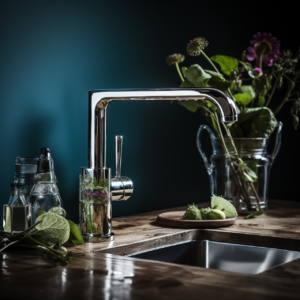
Besides the common housefly that can become pretty annoying, buzzing around your face, not to mention seeking to light on meals that are being prepared, spreading germs, there are also drain flies that can be just as annoying. As the name says, drain flies’ favorite areas to hang out are kitchen sinks, bathtubs, and showers. What makes them stay longer in these areas are drains that are hardly used daily. Other names drain flies go by are filter flies, sink flies, or moth flies. Besides hanging out around drain areas, here are signs that you have a drain fly issue.
The adult drain fly feeds on sludge, stagnant water, decomposing organic matter, and sewage. The larvae, however, feed on fungi, bacteria, and other microorganisms that develop in drains. During the day, the adults can be found resting on walls near plumbing fixtures in shaded areas or even outdoors on the building exterior.
How to Know if you have a Drain fly Issue
- You will see drain flies resting on the walls in bathrooms.
- Rest near breeding materials.
- Congregating in large numbers.
- Drain fly activity heightens at night time where they congregate towards light sources.
- Drain flies can be seen during the evening, flying around sinks, drains, and other moist areas.
- Drain flies can only hop or jump from one surface to the next, they can fly short not long distances.
Drain Fly Identification
Drain flies resemble tiny moths; these flies measure about 1.5 to 5 mm long, have six legs, antennae, tan or light gray bodies, and lighter-colored fuzzy wings that are shaped like leaves. When drain flies are resting, their wings sit over their body as offering protection.
How to Prevent Drain Flies
There is a saying that “prevention is better than cure.” While it may be difficult to prevent drain flies, here are some steps to take to reduce their attraction to your drains.
- Keep drains from becoming clogged by preventing food and other large particles from going down the drain.
How to Treat a Drain Fly Infestation
To treat for drain fly issue, here are effective measures that can be taken to bring complete control.
- Try Baking Soda: Mix 1 cup of vinegar with 1/2 cup of baking soda and 1/2 cup of salt, pour this mixture down the drain, and leave overnight. In the morning, pour boiling water down the drain.
- Try Apple Cider Vinegar: The Apple cider vinegar trap will bring control. To make this trap, pour apple cider vinegar into a mall dish and cover the dish with plastic wrap. Next, poke some small holes in the plastic wrap. Drain flies will be lured in but will not be able to escape.
- Keep Your Sink Clean: Use kitchen cleaning solution that you normally use to clean with, clean the inside and around your sink and drain. A scrub or a pipe brush can help you accomplish this.
- Hot Water Use: Pouring hot water down your sink’s drain may be the quickest and easiest solution, but excess or continuing to pour hot water down the drain may damage the pipe by causing it to crack.
- Drain Cleaners: Numerous drain cleaners can be purchased from your supermarket to clear drains. Read and follow the manufacturer’s directions on the label for proper use.
Additional information
- To discourage the presence of drain flies, give your pipes a regular flushing with a cleaning solution or water. For drains that are hardly used, use a drain stopper to keep drain flies away.
- Musca-Stik Sticky Fly Trap can be set up in your kitchen and rooms where drain flies are located to trap and eliminate them.
Conclusion
When it comes to controlling drain flies, it is that simple. Following these steps will ensure that you have success. Why let drain flies move in and become a nuisance when you can strike back, bringing an end to their infestation? Take quick action now and bring control to your drain fly issue.

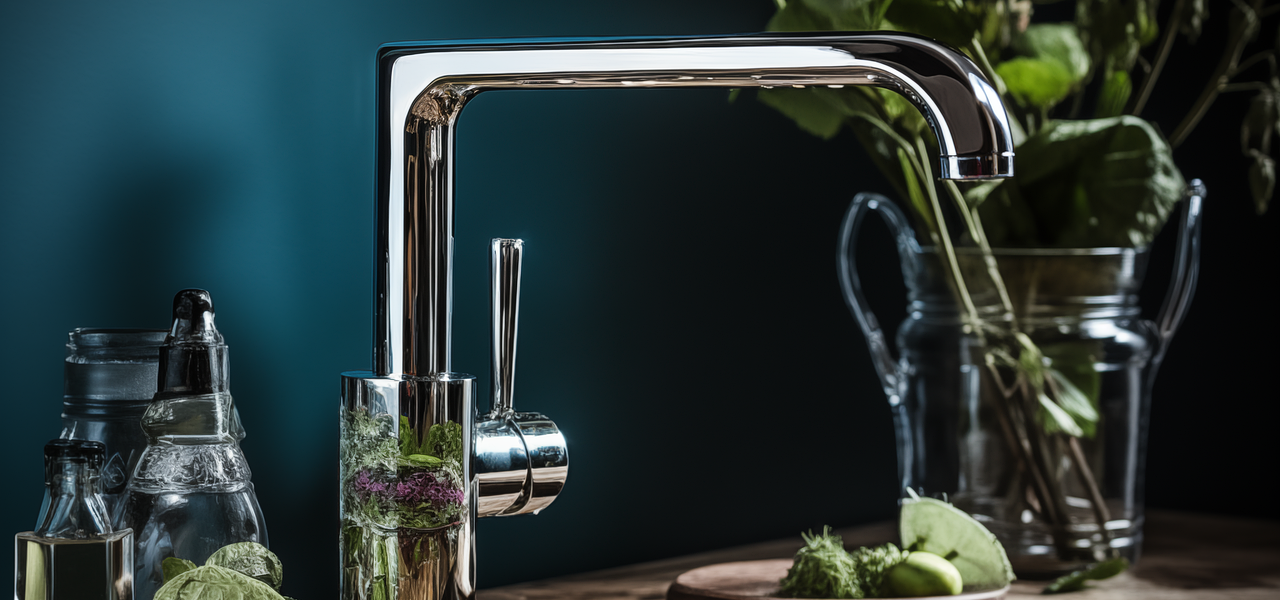



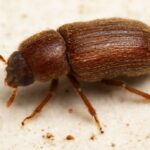
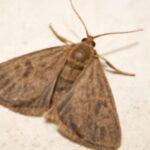
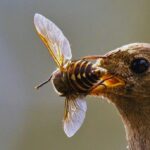

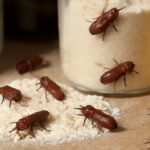
Hello Norman!
This article is such a practical and informative guide for dealing with those pesky drain flies! I appreciate how it explains the root causes and provides a step-by-step approach to getting rid of them—especially the natural methods for people who prefer to avoid harsh chemicals.
Have you found one method to be more effective than others for long-term prevention? And what about in homes with septic systems—are there any precautions people should take to avoid disrupting their plumbing while tackling a drain fly problem?
Thanks for breaking down such an annoying issue into manageable steps! It’s great to have a resource that’s both easy to follow and comprehensive.
Angela M 🙂
It all depends on how critical the situation is that will determine which method or methods will work for you.
It is just a matter of using one of these approaches based on how server the issue is.
There are some effective methods given for killing drain flies, but I wonder about long-term prevention strategies. Have you found that regular maintenance, such as pouring boiling water or vinegar down the drain, is enough to keep them away permanently? Also, there is mention of using enzyme cleaners — how effective are they compared to traditional chemical cleaners? Personally, I have had success with a combination of enzyme cleaners and ensuring that organic matter does not build up in the drain. It would be interesting to hear if others have tried different methods and what their experiences have been.
It’s all about keeping your drains sanitized and clog-free, I believe that at least once a month you should use a drain cleaner to ensure that build-up dose not have a chance that will cause drain issues such as a clogged drain..